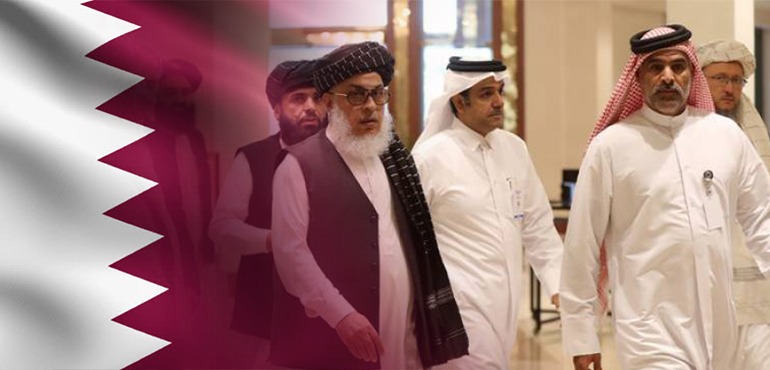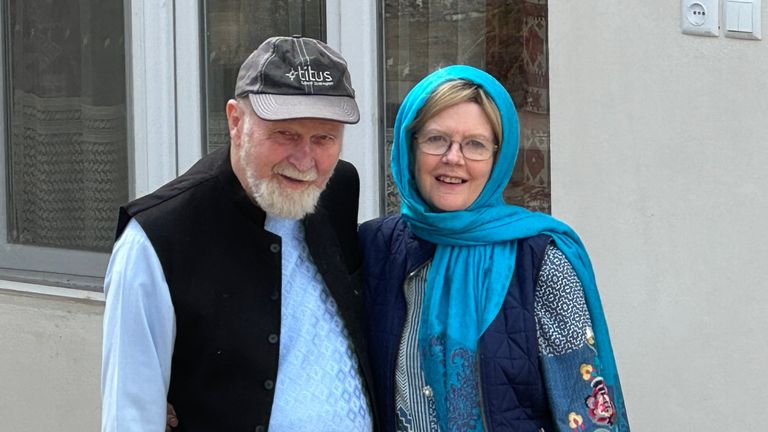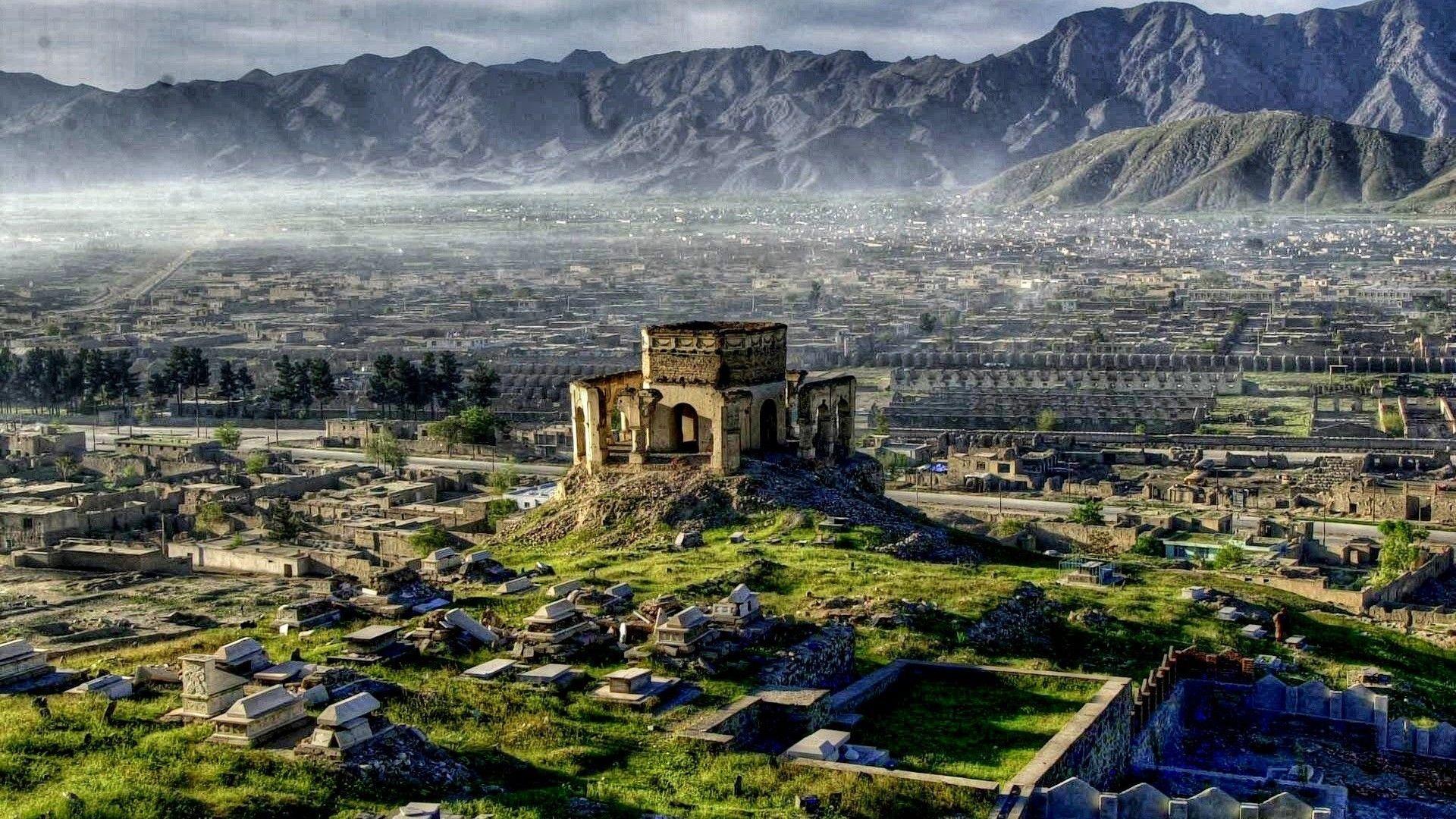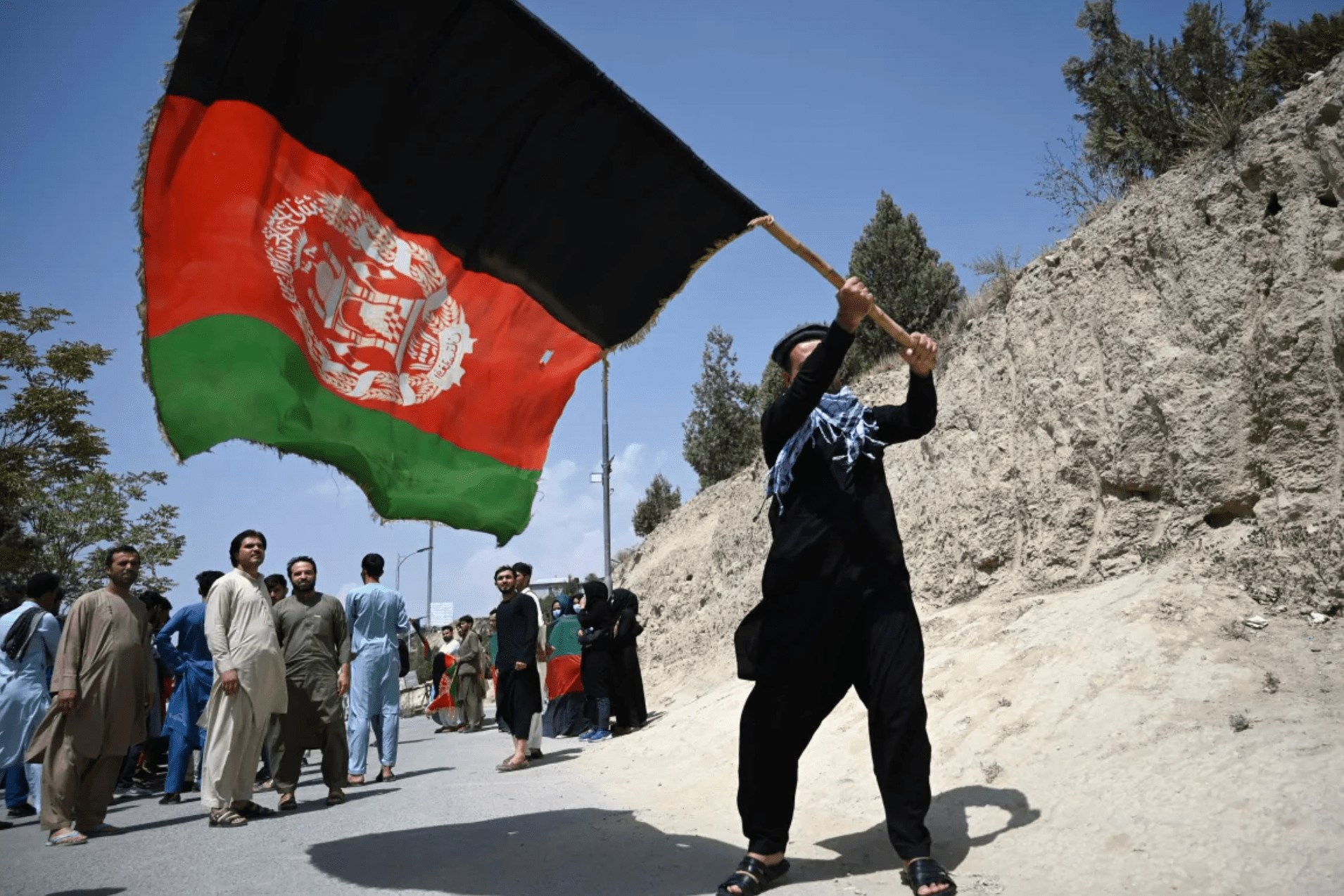Why is Qatar funding the Taliban?

Thursday October 10th / 2020
Why is Qatar funding the Taliban?
Between the years 2005 to 2006 the Taliban insurgency started expanding at a much greater pace then the previous years. Where did the funds that allowed that to happen come from and why?
Senior Taliban sources claim that state funding from Qatari authorities started funding them in 2006. Although it is still uncertain in comparison to the level reached by funding in later years, at this point external funding (Qatari and Pakistani) consisted (according to sources in the Taliban’s financial structure) of several tens of millions of dollars, allowing for the insurgency to expand inside Afghanistan. Thus, in 2006, the size of the Taliban insurgency groups started growing at a much bigger scale than the past. These donors of the Taliban group were only sponsoring the Taliban groups in Afghanistan and they refused to support other groups like Hizb-I Islami, which belongs to Gulbuddin Hekmatyar. One of the only ways that other groups like Hizb-I Islami could access the funding was to join the Taliban and only then they could have access to funding. It seems like a smart way to expand the group of fundamentalists through which later Qatar maybe make it easier to have ground in Afghanistan.
Maybe this is a very well established strategy of Qatar and its key aspect is the desire of raising financial dependency between Islamic fundamentalist and Islamist insurgencies like the Taliban. Perhaps by supporting the Taliban, the Qatar government would acquire the ability to influence and to some extent even control them and find ground in Afghanistan, especially now that Qatar is hosting the Peace Talks. It can also be assumed that the Qatar Government is trying to consolidate its Islamic legitimacy by supporting such causes. This kind of support also prevents, or reduces the chance of, radical Islamic groups turning their rhetoric against the Gulf States, especially Qatar. Although such policy has been demonstrated not to be always successful yet still, the Qatar government remains committed to continuing their support for the Taliban. What makes this issue even more questionable is that in some of their statements the Qatar government accepts that they are financing the Taliban and many other fundamentalist groups, yet sometimes (depending on the situation) they say they are supporting and financing the Taliban and other groups based on requests from the Unites States and Pakistan. It is hard to really get to the core of what exactly the reason is behind the funds given to Taliban by Qatar government.
Another reason for the Qatar government to fund the Taliban in the past and right now might be the facts that direct American intervention in the region was proving more destabilizing than anything else. The belief that American pro-democracy rhetoric could eventually destabilize even the Gulf States or benefit regional rivals such as Iran is another likely reason for the Qatar contributing to the Pakistani projects in Afghanistan, not so much because the they want the Americans out, but because they feel the need to counter-balance the consequences of the United States intervention.
It is becoming more and more clear as time goes by that the idea of opening a political office for the Taliban in Doha proved controversial with the Pakistani ISI. The first attempt to open the Taliban office in Doha failed miserably, but negotiations ensued to make it more representative of the different factions within the Taliban. It does not sound unbelievable that the Qatar Government might have reacted to the debacle by increasing their investment and extending payments to groups of Taliban since 2006.
- 2020 Oct - 10







